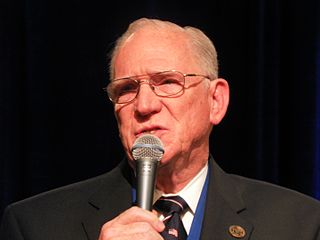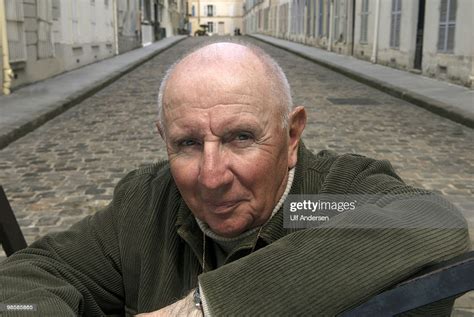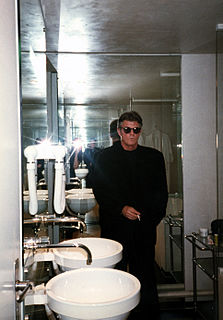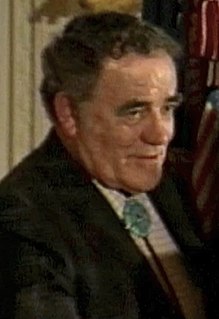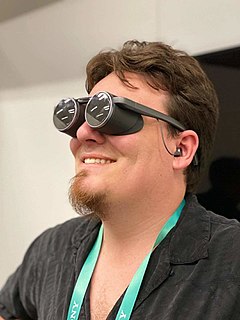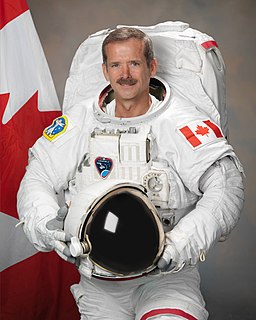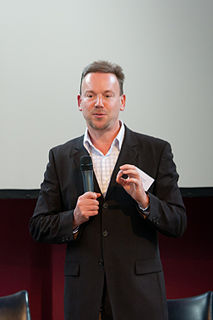A Quote by Chuck Missler
Does the ‘Paranormal’ lie within the margins between the ‘Metacosm’ [a larger reality beyond the macro/microcosms consisting of 10 dimensions or more] and the virtual reality established by the digital simulation?
Related Quotes
The simulator is the stage in-between television and virtual reality, a moment, a phase. The simulator is a moment that leads to cyberspace, that is to say, to the process because of which we now have two bottles instead of one. I might not see this virtual bottle, but I can feel it. It is settled within reality. This explains why the word virtual reality is more important than the word cyberspace, which is more poetic.
We are entering a world where there won't be one but two realities, just like we have two eyes or hear bass and treble tones, just like we now have stereoscopy and stereophony: there will be two realities: the actual, and the virtual. Thus there is no simulation, but substitution. Reality has become symmetrical. The splitting of reality in two parts is a considerable event which goes far beyond simulation.
Digital technology, you see, is not the villain here. It simply offers another dimension. I'm not sure if it's a farther remove from reality than analogue. I think if we can speak of reality, if reality and representation can be spoken of in the same sentence, if reality even exists any more, digital is simply another way of encoding that reality.
If you're having a very high-adrenaline, high-movement experience in virtual reality, and then all of a sudden you're back in your office, that disconnect is pretty notable. Whereas if you're using it for virtual reality teleconferencing... there's really no kind of impact moving back and forth between the real and the virtual world.
The best simulator for spacewalking is underwater - it allows full visuals and body movement in 3D. Virtual reality is good, too, and has some advantages, like full Station simulation, not just part. Like all simulators, they have parts that are wrong and misleading: an important thing to remember when preparing for reality.
I have a feeling Virtual Reality will further expose the conceit that 'reality' is a fact. It will provide another reminder of the seamless continuity between the world outside and the world within, delivering another major hit to the old fraud of objectivity. 'Real,' as Kevin Kelly put it, 'is going to be one of the most relative words we'll have.'
At its very core, virtual reality is about being freed from the limitations of actual reality. Carrying your virtual reality with you, and being able to jump into it whenever and wherever you want, qualitatively changes the experience for the better. Experiencing mobile VR is like when you first tried a decent desktop VR experience.
And as much as I’d like to believe there’s a truth beyond illusion, I’ve come to believe that there’s no truth beyond illusion. Because, between ‘reality’ on the one hand, and the point where the mind strikes reality, there’s a middle zone, a rainbow edge where beauty comes into being, where two very different surfaces mingle and blur to provide what life does not: and this is the space where all art exists, and all magic.
